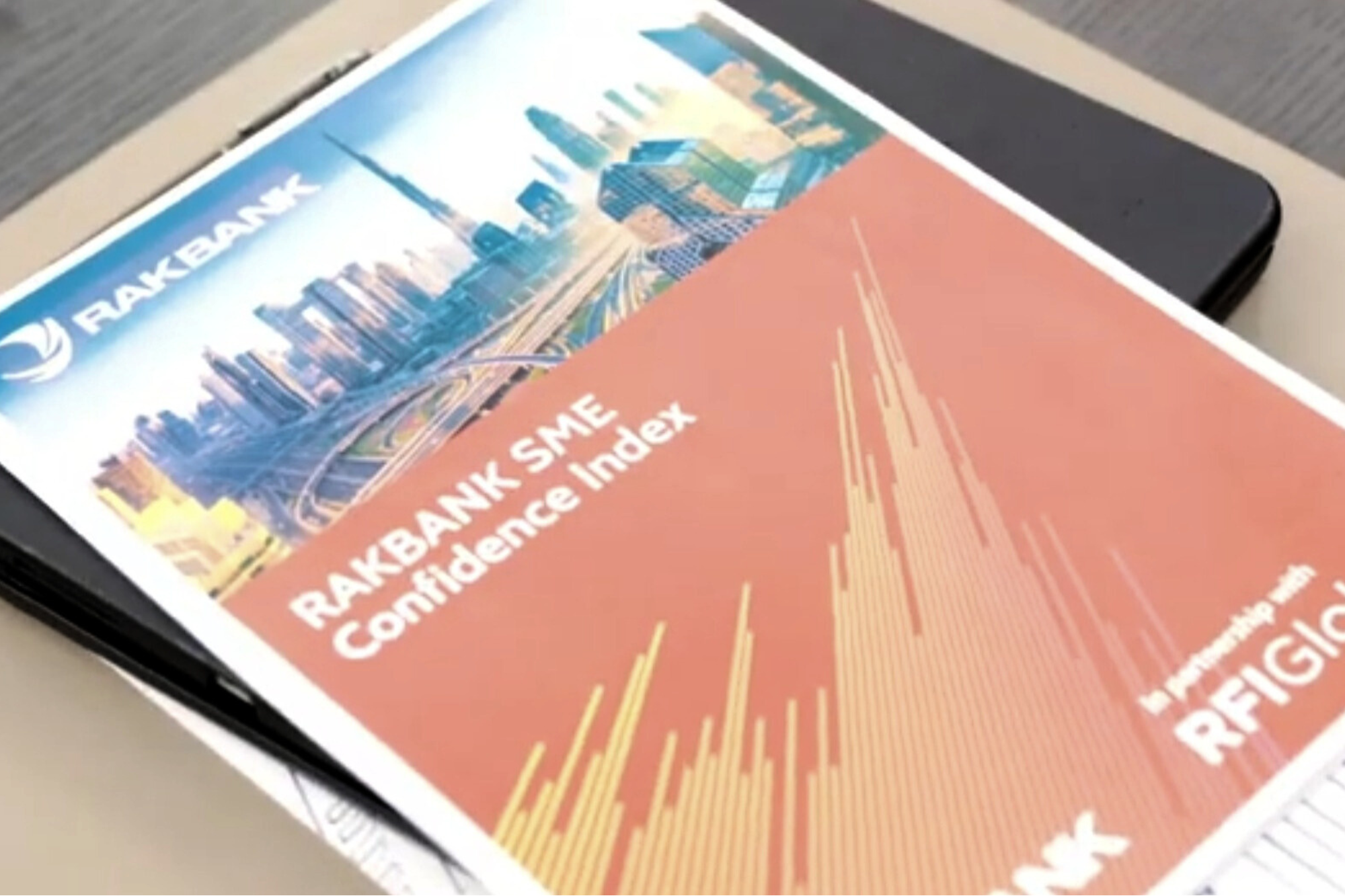To Win The Talent War, Focus On Employee Benefits Organizations should offer a diverse choice of benefits to help fulfill their employees' needs.
By Steve Clements •
Opinions expressed by Entrepreneur contributors are their own.
You're reading Entrepreneur Middle East, an international franchise of Entrepreneur Media.

By 2020, five generations of employees could be sharing the same workplace and the best companies to work for will be defined by their ability to meet the increasingly diverse expectations of their entire workforce. Just think about your own company– you will likely have a broad mix of nationalities and age groups, some employees who are single, some recently married, some with young families, others with grown up kids. Each person will have their own personal perspective on their ideal benefits package, and that perspective will likely change as they reach a new life stage. With such diverse expectations it is extremely unlikely that a one-size-fits-all approach will satisfy the expectations of all your employees.
Organizations that take the time and effort to develop a better understanding of their employees' needs, and offer a diverse choice of benefits to help fulfil these needs, will definitely have the edge when it comes to winning the talent war. In fact, the 2017 Health Care Consumerism in a Marketplace Environment report by Willis Towers Watson found that a staggering 98% of employees find choosing their own benefits –rather than have their employer choose for them– to be important.
Over the last 10 years, the adoption of employee choice schemes has rapidly grown to become one of the most effective ways to reward and engage staff. By adopting such schemes, employers can differentiate themselves from their rivals in a competitive job market. Research in 2014 reported that 58% of multinationals offered flexibility over benefits, with a further 24% that would like to do so.
How can benefits be more flexible?
Employees can be provided with the ability to tailor their benefits in a variety of ways. Perhaps the most well-known approach is flexible benefits. Flexible benefits, also known as "cafeteria benefits' or "flex' plans, allow employees to choose from a menu of optional benefits to suit their own requirements. Various approaches exist but employees are typically given some core benefits together with a value to spend on other benefits as part of their overall employment package. Or they may be asked how they wish a proportion of their remuneration package to be paid, and are able to select their preferred benefits within a pre-defined limit. In many schemes, employees also have the option to use part of their salary to top up their benefits allowance. According to The Chartered Institute of Personnel and Development (CIPD), flexible benefits schemes aim to "foster employee choice'. Employees are either able to retain their existing salary while varying the mix or levels of various benefits they receive, or to adjust their salary up or down by taking fewer or greater number of benefits respectively.
First introduced in the early 1970s, flex gained popularity in the mid-1980s and has continued to increase steadily. And it is not just in mature markets, such as the UK, the US and Europe, more and more companies in emerging economies, such as Asia, are offering flexible benefits schemes as well. For those businesses not wishing to adopt a full formal flexible approach as described above, they can consider providing some options within individual benefits, for example allowing employees to enhance their medical cover. They may also offer a suite of voluntary benefits whereby employees can purchase products and services at a discount through an arrangement facilitated by their employer.
What about the Gulf region? Without the incentive of tax breaks that provided a catalyst for flexible plans in countries like the UK, and with a largely cash based rewards environment in the Gulf region, the traditional flexible benefits approach hasn't yet become widespread in our region. But that doesn't mean that the market conditions aren't suitable if the right solution can be found– and perhaps the new benefits exchange approach could give the concept fresh momentum.
So are the conditions right? Well, in the GCC region, the battle for the best candidates in highly skilled fields is fierce, with employees increasingly citing a comprehensive benefits package as one of their top priorities when looking to move jobs. According to one study, pay and benefits is the third most important driver of engagement throughout the GCC. This general sense of dissatisfaction became evident in 2014, when research revealed that while 63% of UAE employers felt their company was a great place to work, only 43% of staff agreed. Moreover, 39% of employees overall were hoping to be working for another company within the next year.
So there's a good chance that you can improve employee's satisfaction and morale by empowering them to design their own benefits within a choice framework, and for some employers that is sufficient motivation. But other will need a harder financial equation to be persuaded that this is the right thing for employer as well as employee. The commercial argument lies in the ability of the employer to successfully transition their approach to benefits funding from paying whatever is needed to provide a pre-determined set of benefits –what's known as a defined benefit approach– to an agreed budget for each employee that they can spend on their benefit choices– a defined contribution approach. By detaching themselves from benefits inflation, which can be 2-3 times the rate of salary inflation for some benefits like medical plans, employers will gain more control over benefits spend with year on year savings possible.
I can sum up the arguments for shifting towards employee choice as follows:
Boosting morale and employee engagement: A flexible benefits scheme empowers diverse employees to choose the benefits that are most relevant to them. That puts them in control. It also instils a feeling of being trusted and valued. Such a collaboration between employer and employee results in a happier, more satisfied and engaged workforce. And of course an engaged workforce is generally more productive, likely to stay put and actively promote the company. Research shows that work engagement and satisfaction increase with a comprehensive benefits package– one study in 2013 noted that 68% of workers who are satisfied with their overall benefits packages are also satisfied with their jobs, compared to only 5% of workers who are satisfied with their jobs but not with their benefits packages.
Winning the talent war and retaining good employees: Skilled and experienced professionals are one of your most valuable assets and comprehensive benefits packages are a major draw for this top end of the workforce. In 2015, 60% of respondents to Glassdoor's Employment Confidence Survey cited benefits as a major factor when considering a job offer, while 80% of employees said they would choose additional benefits over a pay rise. But perhaps the most compelling statistic of all comes once again from the 2017 Health Care Consumerism in a Marketplace Environment report which found that 75% of employees say they are more likely to stay with their employer because of their benefits program. A company that offers a flexible range of benefits then is more likely to seal the deal with potential candidates and reduce employee turnover by increasing job satisfaction. An ability to review and amend benefit choices (usually on an annual basis) provides a flexibility which staff surveys have shown to be a significant factor in the attraction and retention of staff.
Streamlining benefits spend: Offering employees a choice means that they only utilise the benefits that are important to them. Employers can save costs by not spending on benefits that are not being used. By shifting to a defined contribution approach to benefits funding, employers can better control their exposure to high inflation of such benefits as medical plans.
Key considerations for designing a successful employee benefits choice scheme
Employee benefits choices should be delivered in the context of a total reward framework, to positively affect attraction, retention and engagement, while helping to manage the total cost of employment. When looking to implement a benefits choice scheme, it is important to consider the following:
Identify your objectives: What is it that you want to accomplish? It could be to help recruit, motivate and retain staff; decrease business costs; improve HR/payroll efficiency.
Do your research: Talk to peers and providers to get ideas about what works for companies similar to yours. Look at planning and design, estimation of implementation and financial viability.
Know your workforce: Take a detailed look at the make-up of your workforce and identify any specific groups to help define what is important to them and specific benefits that will appeal to them.
Engage your staff: Talk to current employees and find out the type of benefits they currently value or would value if they had a choice of new benefits.
Seek expert help: Engage communication and change management specialists to help with the transition.
An approach fit for 2017 and beyond With today's workforce diversity, the one-size-fits-all approach to benefits is outdated and unsustainable. Numbers from 2015 suggest that 70% of employers are planning to revise their total rewards strategy to accommodate the changing needs and demographics of their workforces in the next five years. When properly designed, delivered and communicated, a scheme that allows employees to customise their benefits can provide a valuable incentive for talented people to join your company, stay committed and contribute to its overall growth and success. Investing in an employee benefits choice scheme is both a logical and practical step to further your company's appeal, status and future profitability.
Related: How To Secure Employee Loyalty In The Middle East













